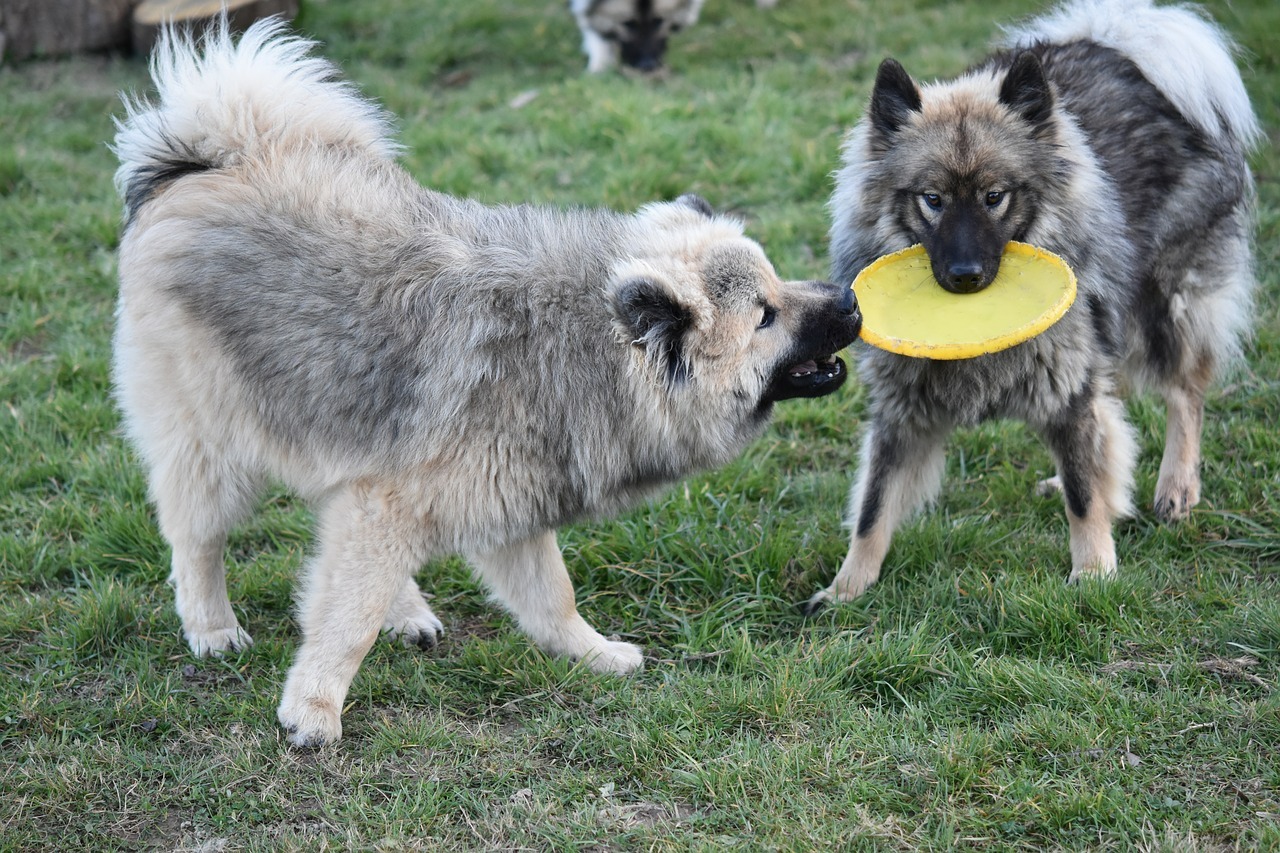The sight of a wagging tail is synonymous with dogs, but have you ever wondered why dogs have tails in the first place? Tails are a distinctive feature of the canine anatomy, serving various functions beyond just wagging in delight. In this in-depth article, we’ll explore the evolutionary origins of dog tails, unravel the mysteries behind their diverse shapes and sizes, and uncover the important roles tails play in a dog’s life.
Evolutionary Origins of Dog Tails: Tracing Back Through Time
To understand why dogs have tails, we must journey back through time to their evolutionary ancestors. Wolves, the ancestors of domestic dogs, have long, bushy tails that serve several purposes in the wild. From aiding in balance and agility to communicating with pack members, the ancestral wolf tail played a crucial role in survival and social interactions.
The Diversity of Dog Tails: Shapes, Sizes, and Variations
Dogs come in a wide variety of breeds, each with its own unique tail characteristics. Some dogs have long, flowing tails that elegantly sweep from side to side, while others have short, stubby tails or no tails at all. The diversity of dog tails reflects the wide range of functions they serve and the selective breeding practices that have shaped their appearance over centuries.
Functions of Dog Tails: More Than Just Wagging
While wagging is perhaps the most recognizable behavior associated with dog tails, tails serve several other important functions:
- Communication: Dogs use their tails as a form of communication, signaling their emotions, intentions, and social status to other dogs and humans. A wagging tail can indicate excitement, happiness, or friendliness, while a tucked tail may signal fear, submission, or discomfort.
- Balance and Agility: Tails play a crucial role in a dog’s balance and agility, particularly when navigating rough terrain or engaging in activities like running, jumping, or climbing. A well-coordinated tail helps dogs maintain stability and control over their movements, enhancing their overall athleticism.
- Temperature Regulation: Tails contain a network of blood vessels and muscles that help regulate a dog’s body temperature. In hot weather, dogs may use their tails to dissipate heat by panting and wagging, while in cold weather, they may tuck their tails close to their bodies to conserve warmth.
- Social Signaling: Dogs use their tails to communicate with other dogs and humans, conveying messages of friendship, submission, playfulness, or aggression. Tail wagging, in particular, is a versatile form of social signaling that can convey a wide range of emotions and intentions.
Tail Docking and Cosmetic Procedures: Controversies and Considerations
Tail docking, the practice of surgically removing a dog’s tail for cosmetic purposes, has long been a subject of controversy and debate. While some breed standards call for certain breeds to have docked tails for aesthetic reasons, many animal welfare organizations and veterinarians oppose the practice, citing concerns about unnecessary pain and discomfort for the dog.
The Importance of Tail Health and Care: Tips for Responsible Pet Ownership
Regardless of their shape or size, it’s essential to prioritize tail health and care for all dogs. Here are some tips for responsible pet owners:
- Regular Veterinary Check-Ups: Schedule regular veterinary check-ups to monitor your dog’s overall health and well-being, including the condition of their tail. Your veterinarian can examine your dog’s tail for any signs of injury, infection, or abnormality and provide appropriate treatment or recommendations.
- Gentle Handling: Handle your dog’s tail with care and gentleness, avoiding rough or forceful handling that could cause pain or discomfort. Be mindful of your dog’s body language and respect their boundaries when touching or interacting with their tail.
- Hygiene Maintenance: Keep your dog’s tail clean and free of debris by gently washing it with mild soap and water as needed. Check for signs of irritation, inflammation, or injury, such as redness, swelling, or discharge, and seek veterinary attention if necessary.
- Preventative Measures: Take preventative measures to protect your dog’s tail from injury or trauma, particularly if they are active or participate in activities like agility, hunting, or working. Avoid situations where your dog’s tail may be at risk of being stepped on, caught in doors, or tangled in objects.
Conclusion: Celebrating the Versatility and Vitality of Dog Tails
In conclusion, dog tails are not just decorative appendages – they’re versatile, vital components of canine anatomy that serve a variety of functions. From communication and balance to temperature regulation and social signaling, tails play an integral role in a dog’s life and interactions with the world around them. By understanding the evolutionary origins and diverse functions of dog tails, pet owners can gain a deeper appreciation for this remarkable feature of the canine anatomy and ensure the health and well-being of their furry companions. So the next time you see your dog wagging its tail in delight, take a moment to celebrate the unique bond you share and the joyous expression of canine communication.
